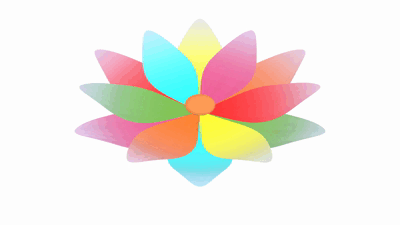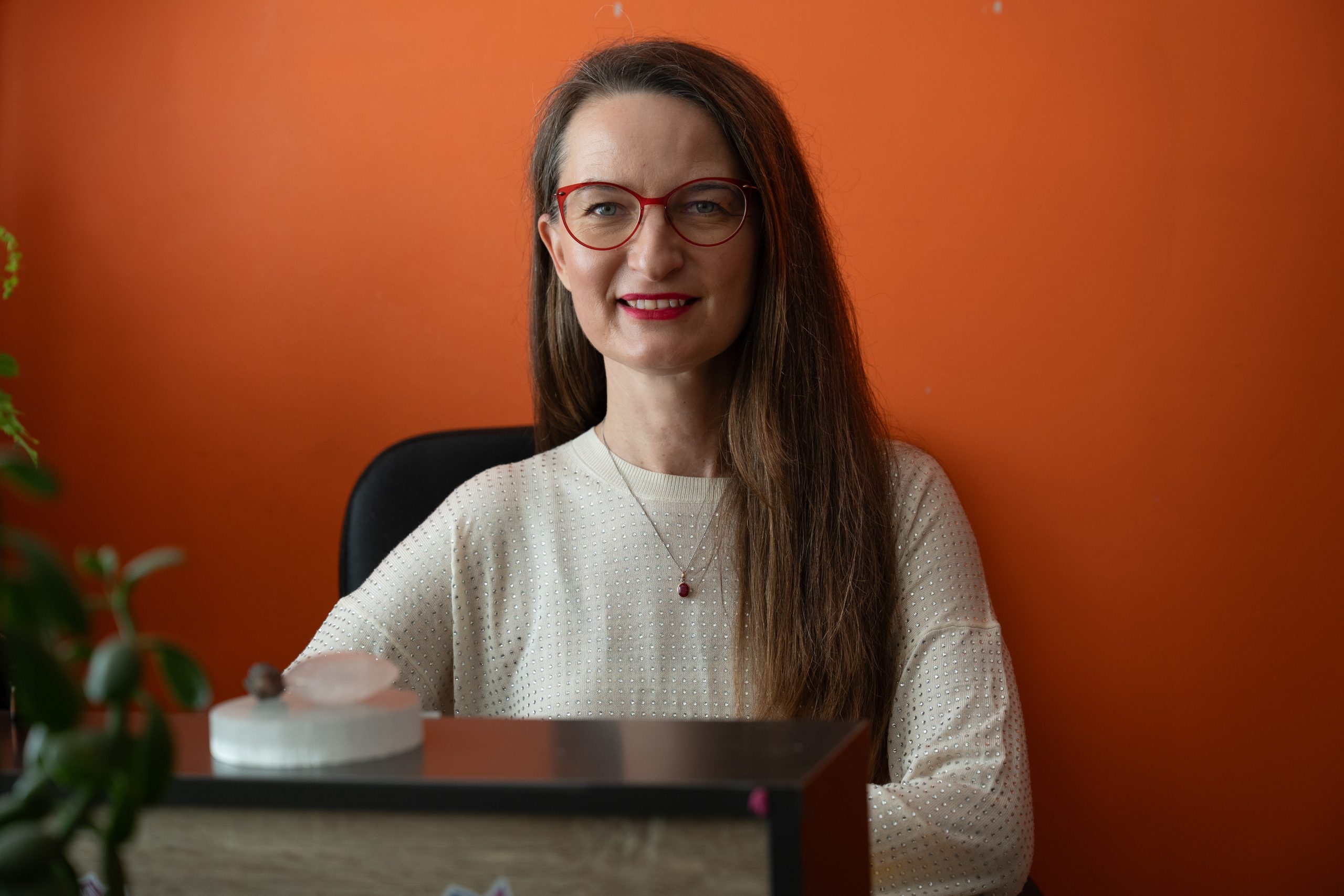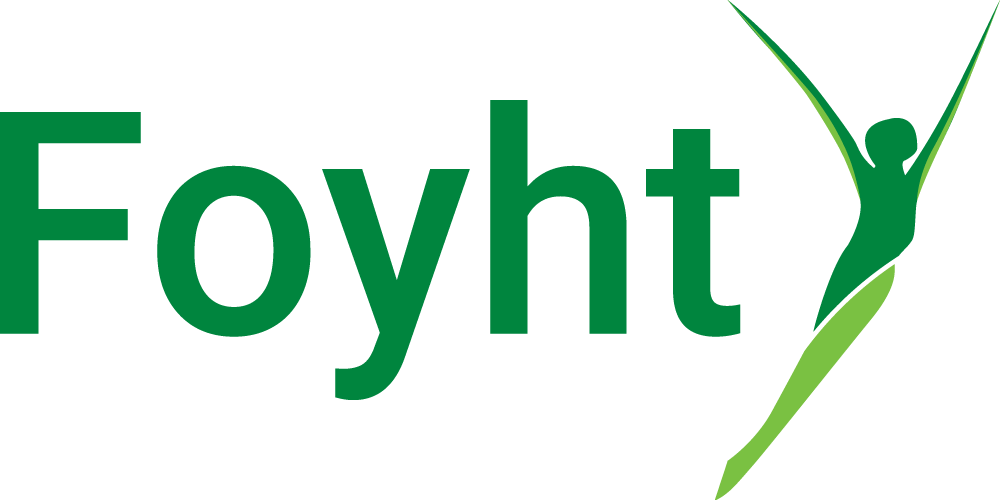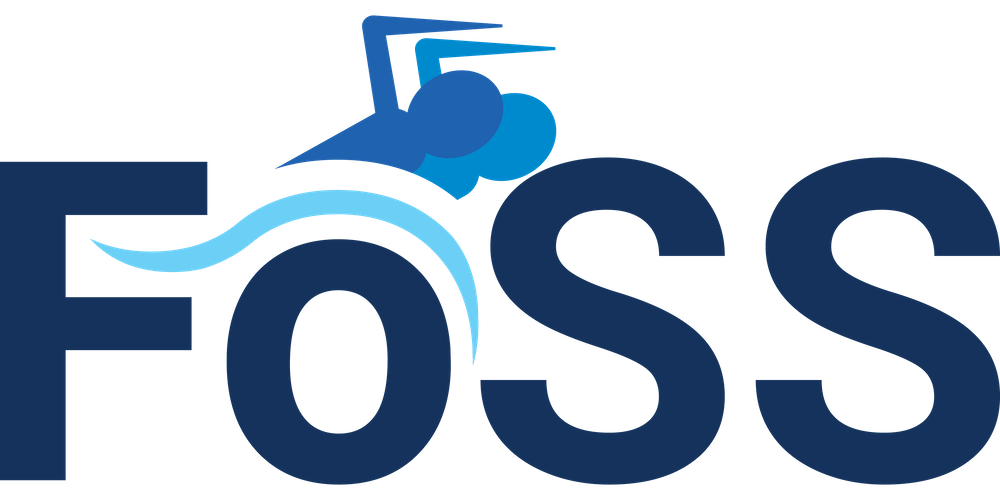What is That?
Forget what you think you know. Body psychotherapy isn’t just breathwork or somatic exercises—it’s a deep, transformative journey into your entire being.
Drawing on years of trauma healing, neurobiology, and emotional attunement, this therapeutic approach helps you access the unspoken stories stored in your body. It’s not about fixing you—it’s about being fully seen, deeply felt, and gently guided toward integration and healing.
In this article, I share what I’ve learned through my own experience, and why true transformation begins not with words, but with presence.
Some clients assumed it was merely a form of exercise.
A colleague suggested it might be a ritual for generational trauma.
Others expected me to somehow heal them.
Before I started body psychotherapy sessions, I had spent 15 years working with the body, practicing yoga, mindfulness, meditation, and breathwork. I traveled to the source for my education, convinced I had it all figured out. I thought body psychotherapy would simply add another layer to my practice. Oh, how wrong I was. It’s not just about the body, it’s about your entire being, from your earliest experiences to the depths within you and who you are now.
It is about neurobiology.
A body therapist undergoes years of trauma processing and releasing, five years dedicated solely to this work.
Therapist neuroperception becomes finely attuned to the unspoken layers of client’s trauma, sensing it through:
- voice
- posture
- body structure
- speech patterns and expressions
And
- Emotional intelligence
Historical background adds another layer, how the first caregiver connection was formed, how it’s stored in the body, and how it shapes present relationships. But this work isn’t about fitting you into a box: spiral dynamics teaches us to see the depth, the shades, and the many layers of experience.
The physical component is always present, woven into awareness of bodily sensations and ongoing support for regulation. Initially, this happens while sitting, through conversation alone. This dialogue is a two-way process: the therapist listens not only to the client’s words but also to their perception of the therapist’s presence and mirroring. Conversation is a shared space, open for both sides to engage and attune. As the client deepens their connection to their body, therapy follows their implicit memory and natural impulses, guiding them toward deeper exploration and integration of a full emotional palette.
The goal is to navigate the spiral of consciousness and emotions, gently attuning to implicit memory and creating space for healing and repair. Everything happens in the present.
We don’t need to dig into the past, implicit memory naturally reveals the way forward.
Imagine having a therapist who truly sees you. Who accepts you exactly as you are because she has experienced some layers of that pain (Or sometimes, the experience familiarly repeats itself). She feels your wounds, and you can feel that she feels them. Imagine, for a moment, someone who can hold your pain, frustration, tears, and anger; not just with words, but with presence, compassion, and complete acceptance. That itself is healing. With the right support, techniques, and a steady guiding hand, your system shifts, and your brain rewires, creating lasting transformation.
Aren’t you curious why you are the way you are?!
Main – Photo by Dmytro Glazunov on Unsplash





